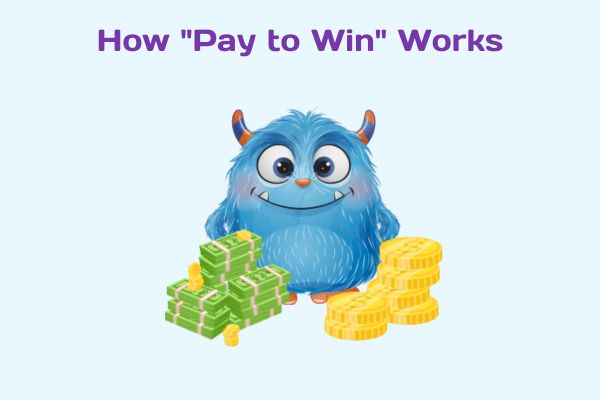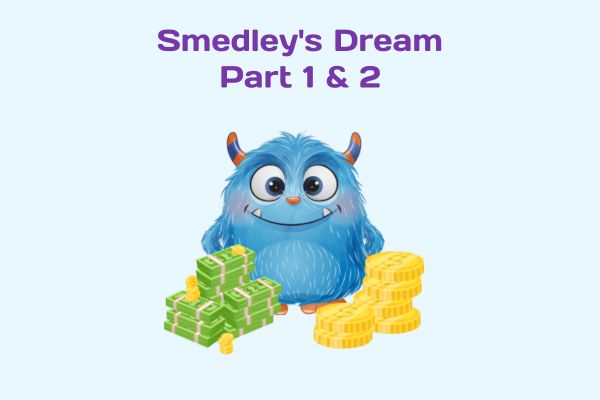Methods of selling games where an advantage over others can be purchased are often called “Free to Play” models. Gamers tend to call these “Pay to Win” models. Because the latter description is derogatory, sellers of IM products never describe their products as such even if this is the way their consumers see them. The number of such products is going up, despite the increasingly negative perception these games have with consumers. Why would a game maker decide to go with a monetization model they know will be rejected by most of their potential customers? I intend to describe here, in detail, the strengths of this model. I will leave for the reader to decide if these strengths make them a viable business strategy and how to improve them
Let me start by making an analogy. Let us say that we have a game of poker, with 10 players dealt 10 hands (one hand each). At first no money is required to be dealt a hand. Once one person antes up $50, half of the players fold and the other five ante to $50. For these remaining players they are now committed to winning this hand and they have $50 of equity invested. As soon as someone raises the ante to $100, the other four remaining players feel compelled to match the ante in order to protected their existing equity ($50). If they fold, their investment was wasted.
Now imagine that the cards in your hand did not matter, and all that mattered was the actual ante process. The ante process continues until a winner is decided. The winner is the only person that does not fold. So in this case when the ante goes to $100 you may only have two competitors left. These two could raise each other up to $1000 before one folds. When the bets are this high, there is tremendous pressure to keep raising the ante to protect the previous ante. The only way to really win such an “ante game” is to not play. This is not always apparent to the consumer until they have played such a game a few times.
In “Pay to Win” games a similar dynamic exists. If half of your players ante up to $15, the ones that don’t ante up are resigned to losing. Those that do ante up are betting that no one will ante higher, but someone always does. This triggers the “ante game” and it ends fairly quickly with someone buying the win and the others deciding they can not afford to match. Once a winning ante has been decided, players quickly lose interest in the game.
This game no longer produces significant revenue. The providers of ante games will then start a new server, which is the equivalent of starting a new hand of poker. They can do this every few weeks and play a series of ante games. The quality of the game really is of little consequence because this is not the game actually being played, it is the ante game. Having a higher quality game might make more people ante up once, but once the ante game starts, those that recognize it will fold.
Note that as consumers, gamers are becoming more sophisticated in detecting the ante game and are opting out faster, or even immediately. As the key to success of this model is the consumer not realizing that the way to win is to not play (just as it is with the ante game in Las Vegas), the success of this model degrades over time. Some consumers just never realize that they are playing an ante game, for whatever reason they are just vulnerable to it. We call these people “whales”, and they are highly prized in both Casinos and current “Pay to Win” games.
Over time the number of “whales” decreases as gamers adapt. Over time (at least so far) there are an increasing number of these products competing with themselves and each other. This means this model will decrease in efficacy over time, and consumers will be increasingly motivated to purchase games that are not perceived as driving revenues in this fashion.
I would like to add that since the player can’t win real money back, this form of gambling is totally legal. Further, since the host (house) does not ever introduce their own money, all inputs are pure revenue. Thus the model is in many ways far superior to the one driving Casinos all across the world. Given how successful casinos are, the opportunities for these types of models in interactive media are enormous. In time the line between the two will become so thin that the two products will eventually become one.
Popular categories at dk.topcasinoer.net:






